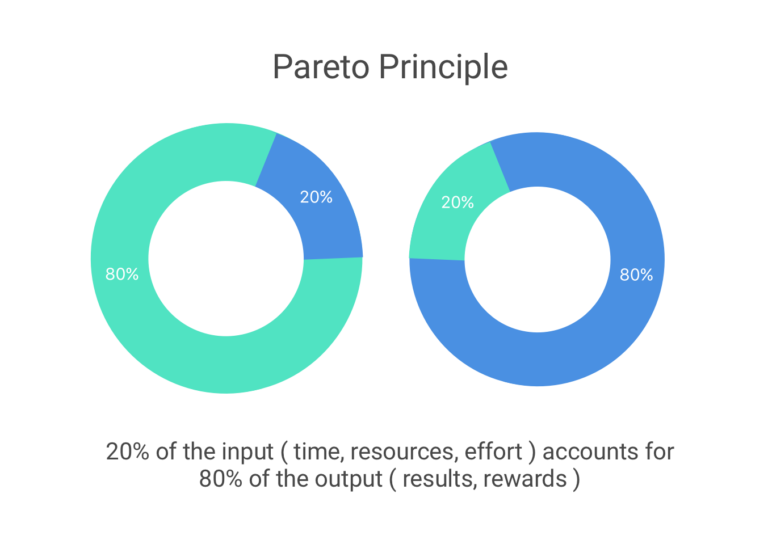Why Points Don’t Create Loyalty (They Just Create Costs)
Last reviewed: 14 November 2025
Quick answer: Most point-based loyalty programs fail because points delay value, drop engagement, and create liability. Referral rewards drive higher repeat rates and stronger ROI.
Table of Contents
- Why Loyalty Program Points Matter
- The Problem With Loyalty Points
- Do Points Increase Loyalty?
- The Real Cost Problem: Liability, Breakage, and Discounts
- Why Referral Rewards Outperform Points
- Better Loyalty Options That Don’t Depend on Points
- Launch Checklist
- FAQ
- Takeaways
Why Loyalty Program Points Matter
Most loyalty programs rely on points because they are easy to explain and quick to launch. But shoppers today are tired of collecting points that never feel valuable. As customer acquisition costs rise and margins tighten, brands need loyalty tools that create real behaviour change, not delayed rewards. Points rarely deliver this impact at scale.
The Problem With Loyalty Points
1. Points Feel Like Delayed Gratification
Shoppers must earn enough points before a reward becomes meaningful. This delay often kills excitement.
2. Low Redemption Rates Reduce Engagement
Most point systems see redemption rates far below 20 percent. Low redemption weakens loyalty because customers never experience the reward.
3. Points Add Operational Complexity
- Accounting liability
- Breakage forecasting
- Reward inflation over time
- Customer confusion around conversions and expirations
4. Points Train Shoppers To Wait
Points push customers into discount-only behaviour. Instead of loyalty, points create hesitation, price sensitivity, and long gaps between purchases.
Do Points Increase Loyalty?
Brands often assume points improve loyalty, but real behaviour tells a different story.
What happens in most point systems
- High initial sign-ups
- Sharp drop in participation after the first purchase
- Most customers never reach a redemption tier
- Only a small top segment becomes “loyal”
Why this happens
Points do not build emotional loyalty. They build conditional loyalty. The relationship becomes transactional: “I buy only if I get something.” This lowers margins and creates dependence on promotions.
Key signs your points are not increasing loyalty
- Repeat purchase rate stays flat
- AOV drops when points accumulate
- Customers wait for redemption moments
- You rely more on email promotions to reactivate customers
When loyalty requires ongoing discounts, it is not loyalty. It is subsidized retention.
The Real Cost Problem: Liability, Breakage, and Discounts
1. Points Become a Financial Liability
Unredeemed points sit on your books. As your program scales, so does your liability.
2. Breakage Distorts True ROI
Brands often claim high ROI because many points never get redeemed. But breakage is not loyalty. It is an unused value that customers never enjoyed.
3. Points Promote Discount Dependence
Points usually lead to these behaviour loops:
- “Buy only when points are expiring.”
- “Redeem and churn.”
- “Earn everything, then wait.”
This pattern quietly erodes margins.
4. Points Are Hard To Personalise
You cannot personalise a fixed points-per-purchase model. It treats casual shoppers and high-value buyers the same.
Points do not improve loyalty economics. They inflate acquisition costs, depress margins, and complicate forecasting.
Why Referral Rewards Outperform Points
Referral rewards solve the core weaknesses of point systems because value is immediate and tied to clear behaviour.
1. Referrals Create Trust-Based Growth
Shoppers refer when they believe in the product. This trust carries more weight than discounts or points.
2. Rewards Arrive Faster
Referral rewards usually activate after a single referral, not after weeks of point accumulation.
3. They Improve Repeat Purchase Rates
Referred customers convert at higher rates and show stronger LTV than non-referred customers.
You can see this pattern clearly in the data reviewed in the Referral Program Benchmarks report.
4. Referrals Work For Both New and Returning Customers
Points only circle inside your existing buyer base. Referrals bring new customers and re-engage past buyers.
5. Referral rewards protect margins
- You reward only when revenue arrives
- No liability
- No breakage
- No discount loops
If you want loyalty without discount addiction, referrals outperform points in almost every measurable way.
Better Loyalty Options That Don’t Depend on Points
Points are not the only path to loyalty. There are simpler, cleaner approaches that drive healthier customer behaviour.
1. Credits or Cash-Equivalent Rewards
Simple, transparent incentives that feel valuable and immediate.
2. Referral-Driven Loyalty
Turning your customers into a distribution channel creates loyalty through advocacy, not discounts. This works even better when paired with a structured, automated setup like the ones covered in the previous article.
3. Milestone Rewards
Trigger rewards for:
- Repeat purchases
- Subscription renewals
- Engagement streaks
This feels like progress, not point inflation.
4. Experience-Based Loyalty
Exclusive access, VIP drops, early releases. These perks strengthen emotional loyalty instead of transactional loyalty.
5. Paid Memberships
Flat-fee memberships can outperform points because the value is immediate and customers engage more frequently.
Launch Checklist
- Decide whether your loyalty goals require points or can be achieved with simpler rewards
- Map the true cost of your current point liability
- Identify breakage and redemption gaps
- Replace slow point milestones with clear, instant rewards
- Introduce a referral reward using a template like the referral program template
- Test a high-value milestone reward for repeat buyers
- Review your LTV and repeat purchase data after 60 days
- Remove point expiration rules that harm customer trust
FAQ
Do points increase customer loyalty?
Mostly no. Points increase sign-ups but rarely change long-term behaviour. Most customers never redeem enough points to feel rewarded.
Why do point programs become expensive?
Because points create liability, push heavier discounting, and often require ongoing promotions to stay active.
What is a better alternative to points?
Referral rewards, simple store credit, milestone rewards, and experience-based perks. These drive clearer behaviour without heavy costs.
Are points bad for small stores?
They are often too complex. Small brands get better retention with referral rewards or milestone incentives.
Is there any case where points make sense?
Large brands with high order frequency can make points work, but even then the system needs frequent refreshes and costly management.
Takeaways
- Points rarely create true loyalty because value is delayed and redemption is low
- Most point programs increase operational cost and margin pressure
- Referral rewards deliver faster engagement and stronger retention
- Loyalty grows when rewards feel immediate, simple, and tied to behaviour
- The most cost-effective loyalty tool for eCommerce today is referral-driven growth



![Why You Should Run A Digital Loyalty Program [Infographic]](https://www.candybar.co/wp-content/uploads/2017/03/candybar-infographic-featured-image.png)


